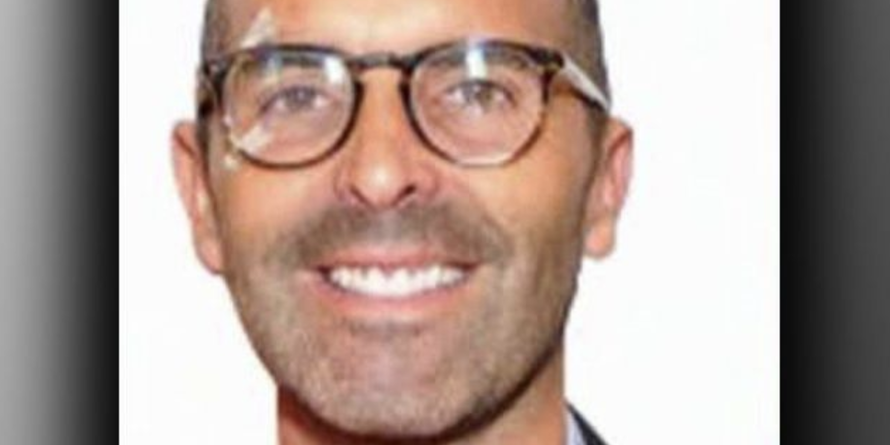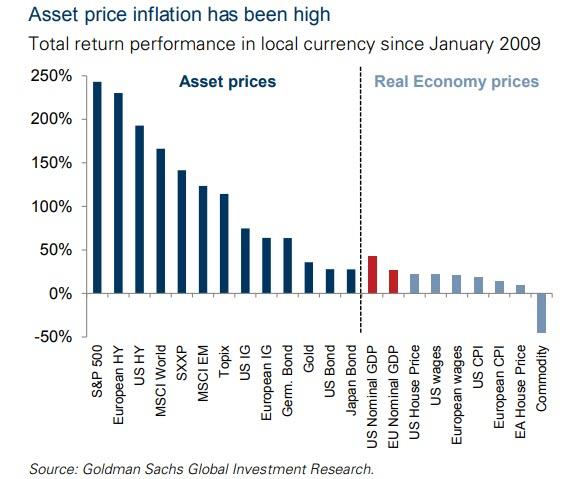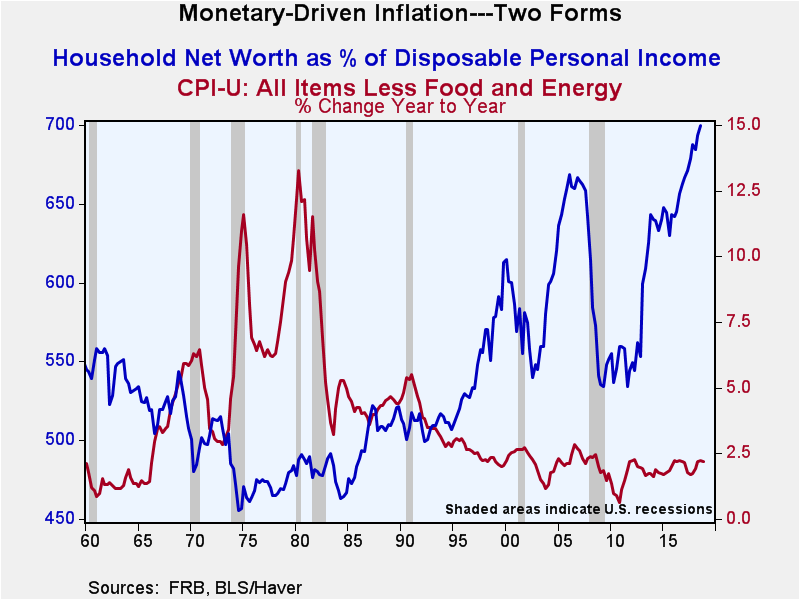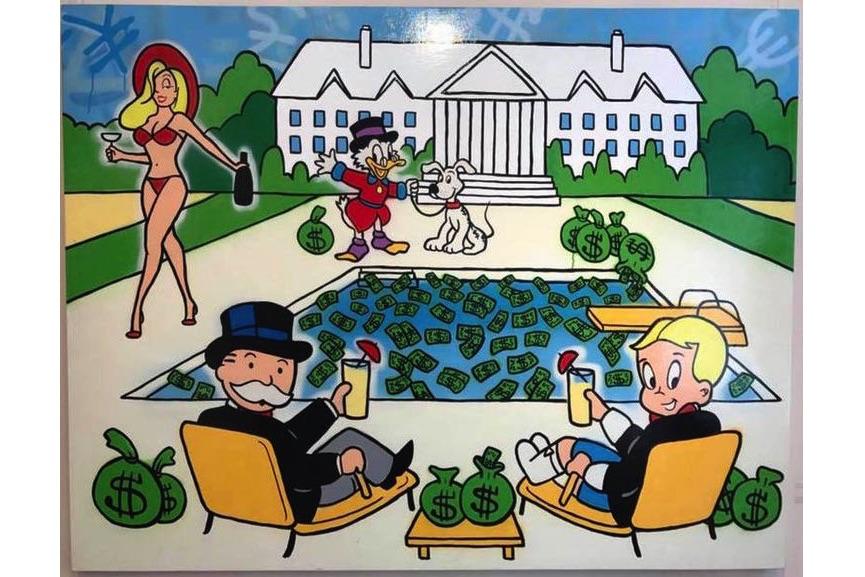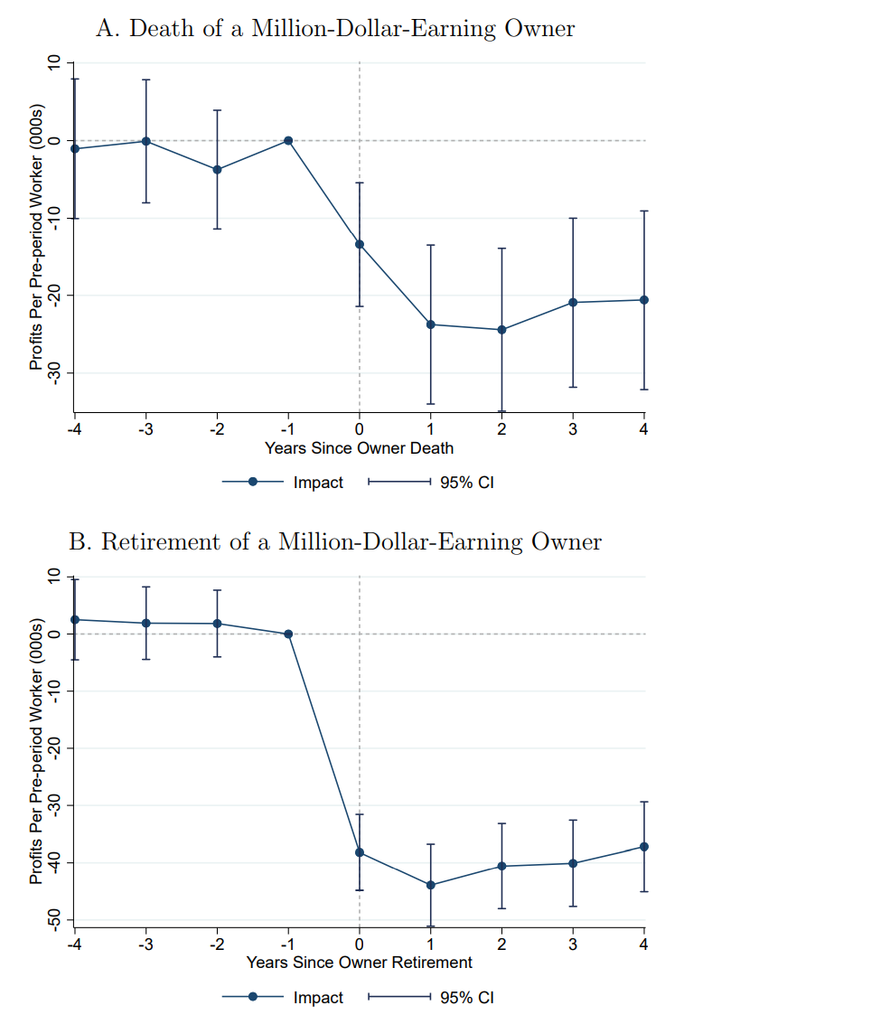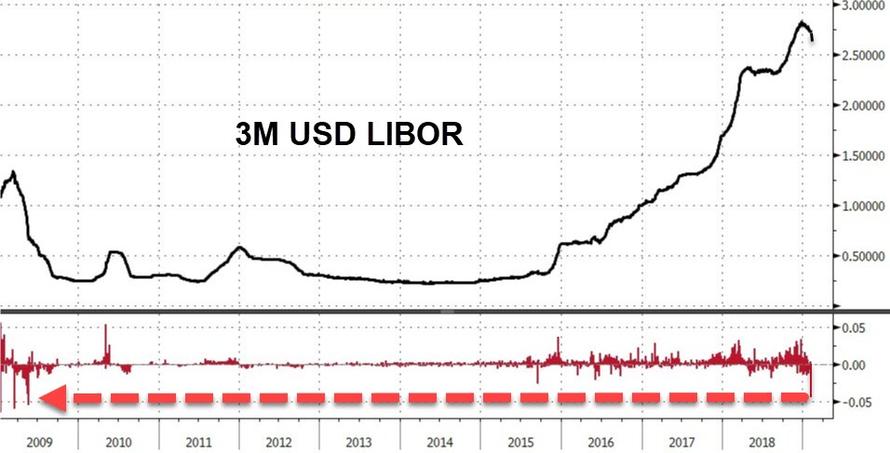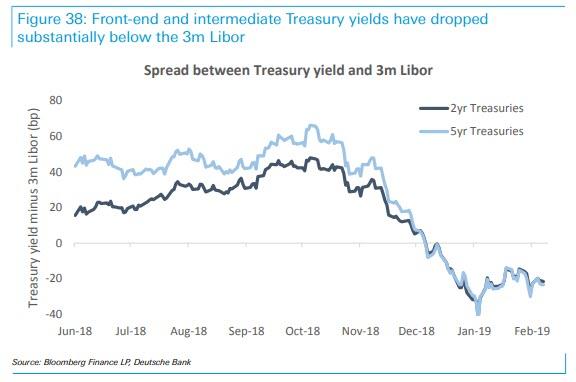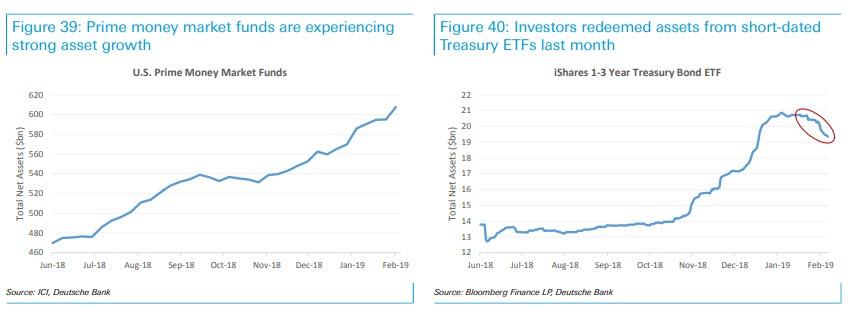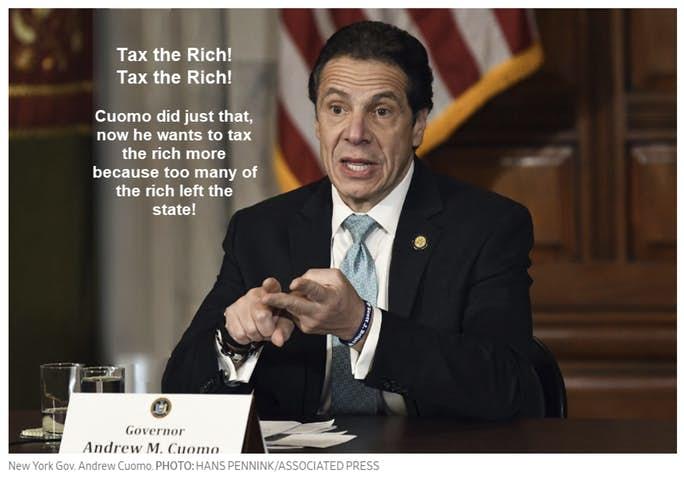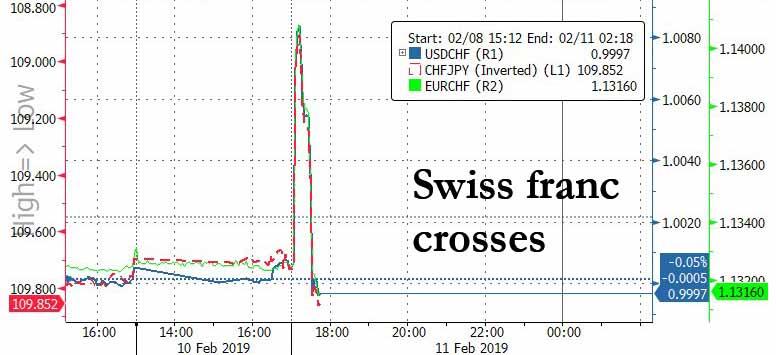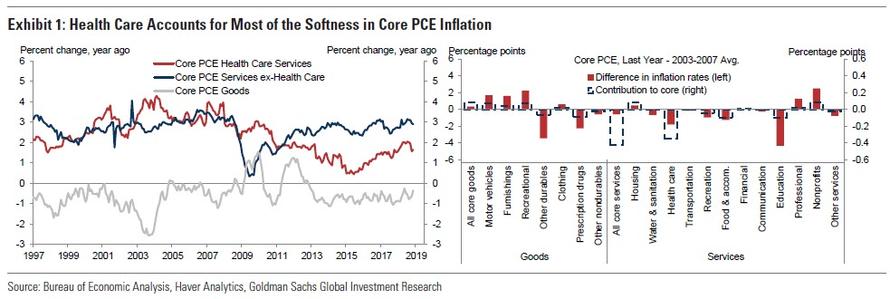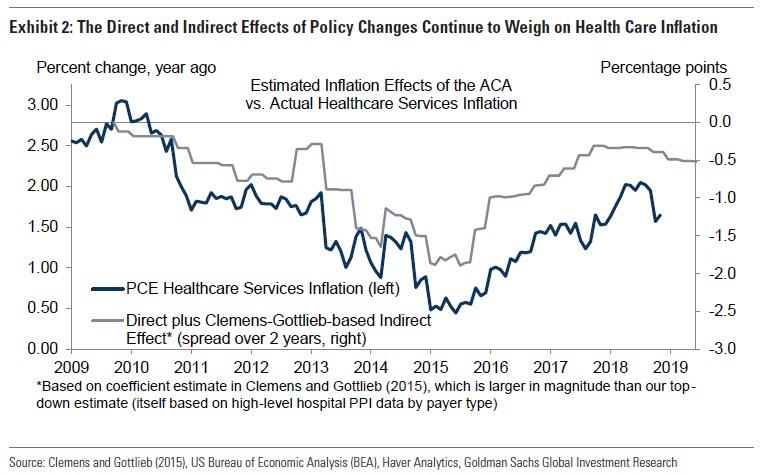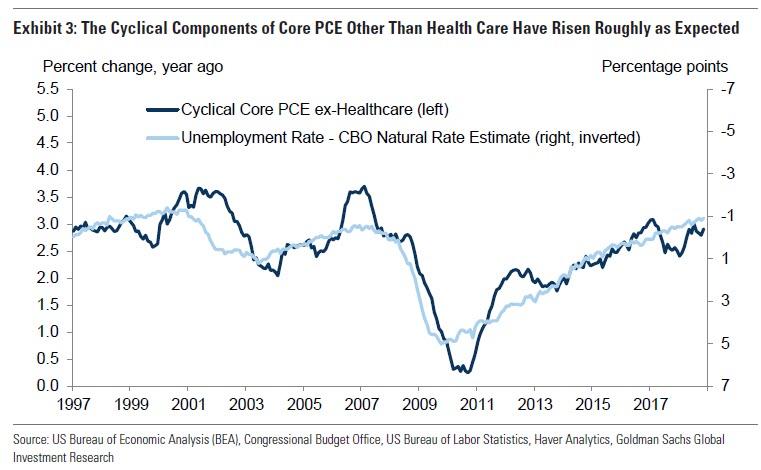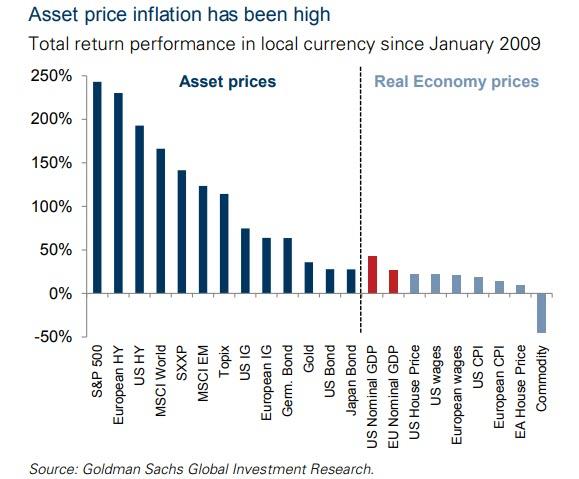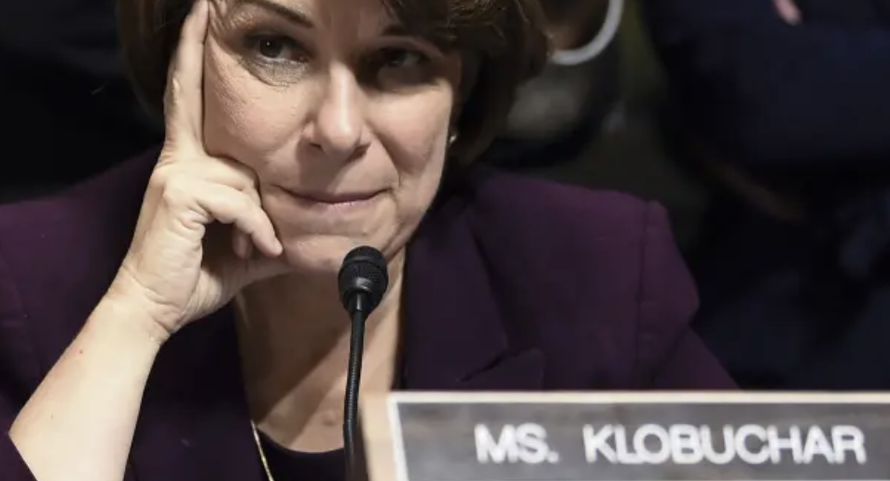Authored by Jan Bauer via SafeHaven.com,
Russia and China may be the first to come to mind in reference to violating sanctions against North Korea, but the list is actually a bit longer, and fairly more complicated – and the end of the day, our out-of-control vanity has led to a boom in fake eyelashes that have been helping to prop up the North Korean government.
In late January, California-based cosmetics company ELF agreed to pay a nearly US$1m fine to settle civil liabilities for importing fake eyelashes containing materials from North Korea in breach of sanctions.
The U.S. Treasury Department said that between 2012 and 2017, the company imported 156 shipments of false eyelash kits, valued at $4.43 million from two suppliers located in the People’s Republic of China that contained materials sourced by North Korean suppliers.
ELF (eyes, lips, face), with annual revenues of $295 million, faced more than $40 million in penalties, but the treasury took mitigating circumstances into account; namely, the small amount involved and the fact that the company itself reported the sanctions violation after a self-audit of third-party suppliers.
“This enforcement action highlights the risks for companies that do not conduct full-spectrum supply chain due diligence when sourcing products from overseas, particularly in a region in which North Korea as well as other comprehensively sanctioned countries or regions, is known to export goods,” the Treasury said.
“Until January 2017, ELF’s compliance program and its supplier audits failed to discover that approximately 80 percent of the false eyelash kits supplied by two of ELF’s China-based suppliers contained materials from the DPRK,” it added.
On top of that, the company’s stock has lost 51 percent of its value since it was first floated in September 2016. Based on its latest results, sales are down 11 percent compared to the same period last year.
Beyond eyelashes, North Korea has proven quite resources at evading sanctions, with indications that it’s mastered smuggling.
A recent UN report notes that sanctions against North Korea were “ineffective,” with authorities there still able to acquire illegal shipments of oil products, sell banned coal and violate the arms embargo.
The report also said that despite the imposed sanctions, North Korean financial institutions continue to operate in at least five countries, while the country’s diplomats help their country evade sanctions by controlling bank accounts in multiple countries.
The UN experts who compiled the report detailed violations across several countries, including Bulgaria, China, Germany, India, Myanmar, Poland, Russia, Singapore, Tanzania and Uganda.
On the lower level of sanctions-busting, other luxury goods that have made it to North Korea including sparkling wine and spirits from Germany, wine and vermouth from Italy, and perfume and cosmetics from Bulgaria.
A Singapore-based company has been stocking department stores in Pyongyang, the capital, with luxury items from Japan and Europe.
Last year, the US government published guidance for US companies to detect certain of North Korea’s “deceptive” practices in avoiding U.S. sanctions.
While the sanctions are enforced by the prosecution or sanctioning companies that do business with North Korea, outsourcing the production and supply chains can be hard to spot—as with ELF’s fake eyelashes.
A Wall Street Journal report from December last year explains that many U.S. banks and companies are unwillingly participating in a network in which North Korea uses proxies with hidden government ties across the globe to facilitate payments and transactions.
U.S. companies outsource production to Asian companies, but even they exploitlow labor and material costs in jurisdictions like North Korea where manufacturers can save up to 75 percent.
The Trump administration has led the drive at the United Nations to impose a series of tough economic sanctions on North Korea in response to its nuclear tests and missile launches in 2017.
via ZeroHedge News http://bit.ly/2USOlnC Tyler Durden

